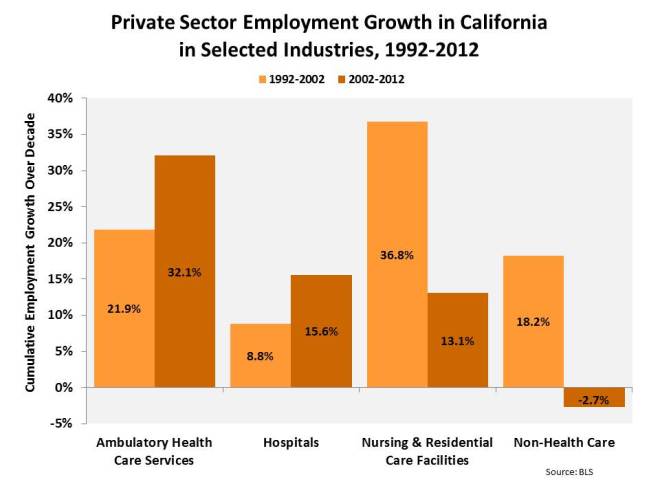Perhaps no state has more protective labor laws than California. Hourly employees in California are required to receive time-and-a-half overtime pay for hours worked over eight but less than twelve in a day and twice their regular hourly rate for hours worked in excess of twelve in a day, even if the employee works fewer than 40 hours in the week. Employers who fail to properly classify workers into hourly and salaried positions and pay appropriate overtime compensation are subject to potential lawsuits and penalties. Employers are also required to provide meal breaks to hourly employees for shifts in excess of five hours in length and are subject to lawsuits and penalties if meal breaks are not provided, are provided too late in the shift, or if the breaks are too short in length. In the past two years most retail chains in California have been sued over failure to provide “suitable seating” to cashiers. According to California’s Industrial Welfare Commission all employers must provide suitable seating to all employees “when the nature of the work reasonable permits the use of seats.” The unintended consequences of “labor-friendly” laws are that labor services become more expensive and work is then more likely to be outsourced to states and countries with fewer labor regulations and lower labor costs.
One of the results of strict labor laws and regulations is that California has contributed no new private sector jobs to the U.S. economy in the past decade. This is a dramatic reversal of a trend that started before the Department of Labor began measuring employment by states and areas. The California economy grew rapidly from the 1950’s through the 1980’s as private sector employment more than tripled and about seven million private sector jobs were created over a forty-year period. Employment in California continued to grow, albeit at a slower rate than in the rest of the U.S., in the 1990’s. In the last decade private sector job creation in California came to a grinding halt.
The following chart illustrates decade-by-decade growth rates in private sector employment in California and the rest of the U.S. since 1952. Employment in California grew much more rapidly than the rest of the U.S. from 1952 through 1982, and slightly more rapidly than the rest of the U.S. from 1982 to 1992. The slowdown in employment growth in California began in the 1990’s as job growth in other states outpaced growth in the Golden State for the first time in decades. Private sector employment actually declined slightly in California from 2002 to 2012.
 The record of job creation in California over the past two decades is even more lackluster if one looks more closely at employment by sectors of the economy. For example, it is more difficult to outsource health care services to other states and countries because most health care professionals must be located near their patients. In fact, the only parts of the private sector that have contributed to job growth in California over the past ten years have been industries in the health care sector. As the following chart shows, while employment in hospitals, nursing homes, and outpatient health care providers grew briskly in California over the past ten years, employment in non-health care industries has dropped by 2.7% since 2002.
The record of job creation in California over the past two decades is even more lackluster if one looks more closely at employment by sectors of the economy. For example, it is more difficult to outsource health care services to other states and countries because most health care professionals must be located near their patients. In fact, the only parts of the private sector that have contributed to job growth in California over the past ten years have been industries in the health care sector. As the following chart shows, while employment in hospitals, nursing homes, and outpatient health care providers grew briskly in California over the past ten years, employment in non-health care industries has dropped by 2.7% since 2002.
There are now fewer manufacturing jobs in California than there were in 1957 when the Dodgers were located in Brooklyn, the Giants played at the Polo Grounds, and California had about one-third as many residents as it does today. There are many reasons why California employment has been growing slower than in the rest of the U.S. for at least two decades. High marginal tax rates and more stringent environmental regulations are often cited as factors that raise the cost of doing business in California. “Labor-friendly” laws and regulations have also likely been responsible for increasing labor costs and encouraging the outsourcing of jobs to other states and countries.

Leave a comment